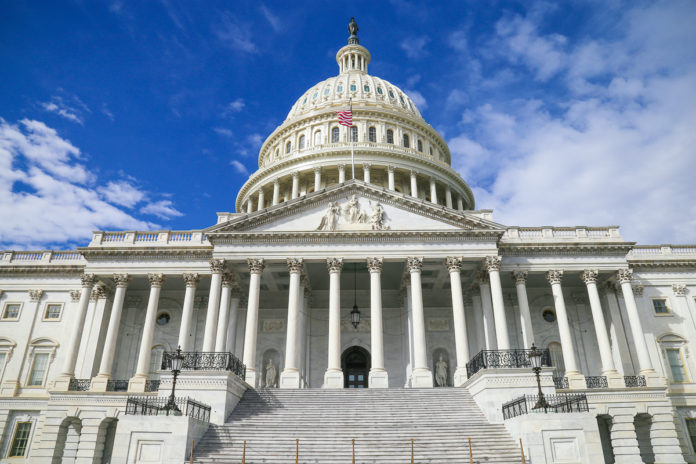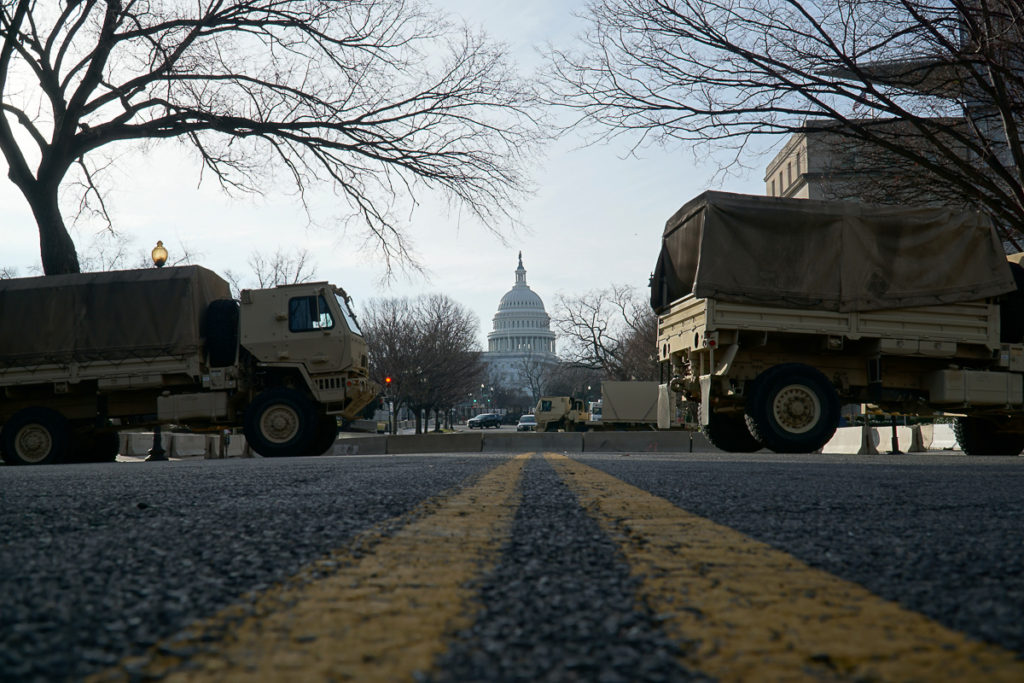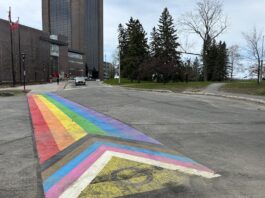
As Democrat Joe Biden assumes the presidency three weeks after a siege on the U.S. Capitol that left five dead, students at Canadian universities have felt a mixture of optimism and trepidation when reflecting on what both events could mean for Canada’s ideological divide.
Sarah Thomas, a fourth-year political science student at the University of British Columbia, said she is pleased Biden won, but is also nervous about the lasting effects of former U.S. president Donald Trump’s legacy and whether his brand of divisive conservatism could permeate into Canada.
“There are some strong Canadian roots to this far-right movement,” Thomas said, referring to Gavin McInnes, a Carleton University graduate and Canadian political commentator who founded the neo-fascist group Proud Boys. “I think that Canadian politics, because we’re so exposed to American media, can sometimes borrow from the narratives that are happening in the United States.”
Thomas points to federal Canadian Conservative Party leader Erin O’Toole’s “Canada First” agenda and O’Toole’s shift towards corralling blue-collar workers as a sign the leader is a “new kind of conservative.”
Thomas said these may be signs of a leader who is capitalizing on similar demographics and tensions as Trump did in 2016, though to a far lesser extent.
“I think Erin O’Toole is much more effective and nowhere near as populist or ‘tear down the whole system’ as Donald Trump is,” Thomas said. “ I think this new base is present [in Canada].”
Olga Kochkareva, a second-year geography student at UBC, said she is less concerned about polarization or a Trump effect in Canada. She attributes the instability of the 2020 presidential election to the U.S.’s two-party system, which contrasts Canada’s numerous political parties and smaller bases of support.
“The U.S. is a two-party system, which in itself means polarization. Whatever happens, around half the population is going to be unhappy,” Kochkareva said. “Whereas in Canada, there’s a lot more choice.”
Some students also said they believe Canada’s legacy of progressive policies, such as universal health care, has played a role in easing political divisions.
“I don’t think Canada is going to be as extreme as the U.S. because we have socialist policies incorporated into our democratic state,” said Alessia Pinelli, a first-year law student at Carleton University.
Although a Conservative-Liberal divide exists in Canada, polling data has shown that ideological self-placement, a key indicator of polarization, remains largely unchanged since 1997. Both left and right extremes have remained constant, and self-identified centrists have only fallen slightly.
However, recent studies have also shown the existence of “affective polarization” in Canada, a measurement of political division that observes how partisans feel about their ideological opposites. In this regard, Canadian partisans are “substantially colder” to their opposites and warmer to those who share similar beliefs.
Experts more confident in Canada’s resistance to polarization
Despite a mixed student opinion, experts in Canada are more confident of the country’s resistance to intense polarization, though they acknowledge certain factors in federal politics that stoke political divisions.
Adam Harmes, a professor at Western University who studies the competition between conservative and progressive ideas, considers communication strategies to be a core element of Canadian polarization.

“If you want to fundraise from the respective bases of your parties, then you need to gin up differences and portray everything as an existential threat,” Harmes said.
If someone is left-leaning, they must be portrayed as treacherous. Likewise, more fiscally or socially conservative opponents must be cast as Trumpian threats, he added.
However, Harmes also acknowledges the institutional structures that differentiate Canada from the U.S.
“Our media is not polarized in the way American media is,” Hermes said. “We have left-wing media [and] right-wing media, but it’s just not the kind of completely separate universes that exist between Fox News and CNN and MSNBC.”
Similarly, Steven Orr, a professor at Carleton whose doctoral work focuses on political science education, said he believes intense Canadian political polarization could arise from regional divisions, such as those between Alberta and Ontario, though it would be surprising.
“It’s entirely possible we could see regional political divisions that play out in a similar register to the United States, but I think it’s not particularly likely,” Orr said. “Part of the problem is we don’t have a giant population.”
Ultimately, Orr concludes Canadians are simply too ambivalent towards government affairs to spark any kind of intense divisions.
“We elect who we trust, and then they go and do the job,” Orr said. “We don’t have to pay attention to them on a regular basis. We can instead go about our lives, like complaining about how bad the Canucks are or something like that.”
Featured image via Unsplash.



